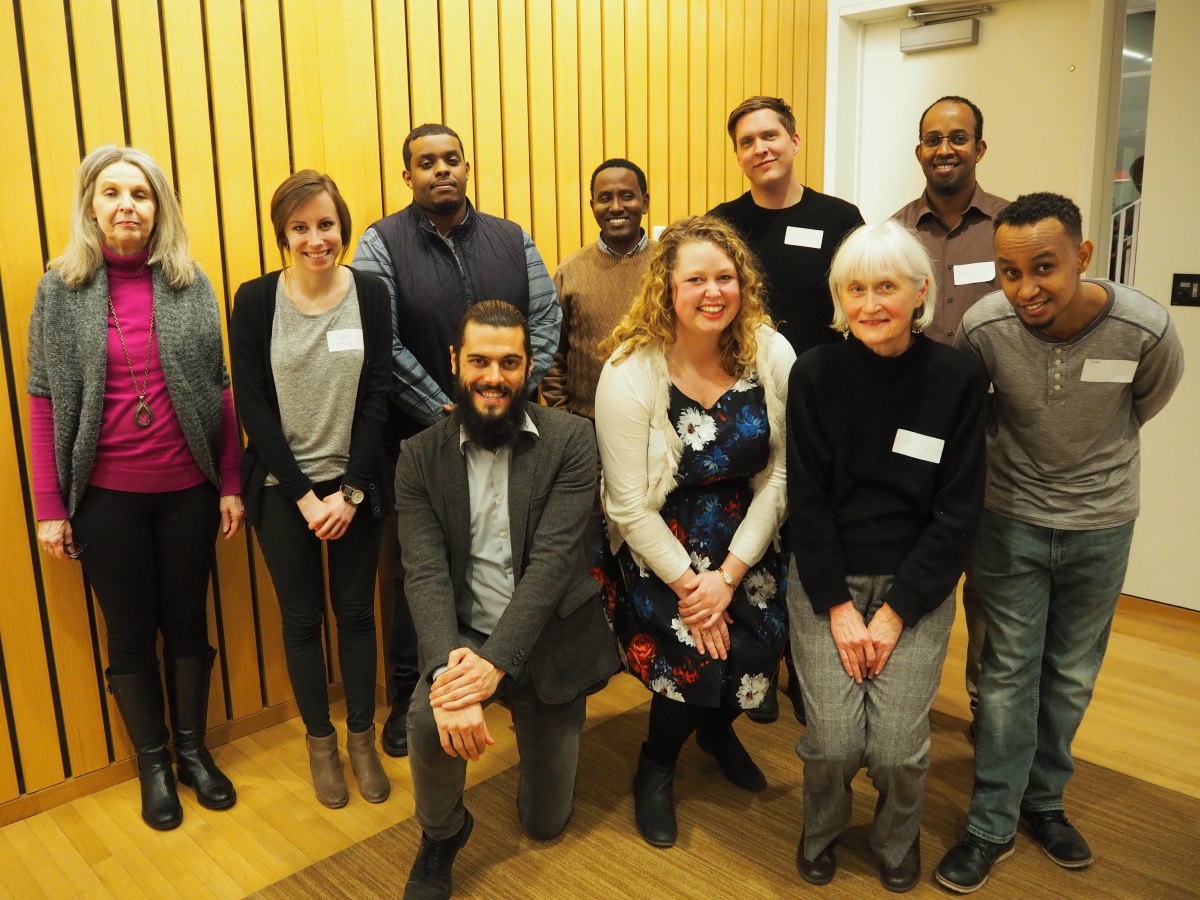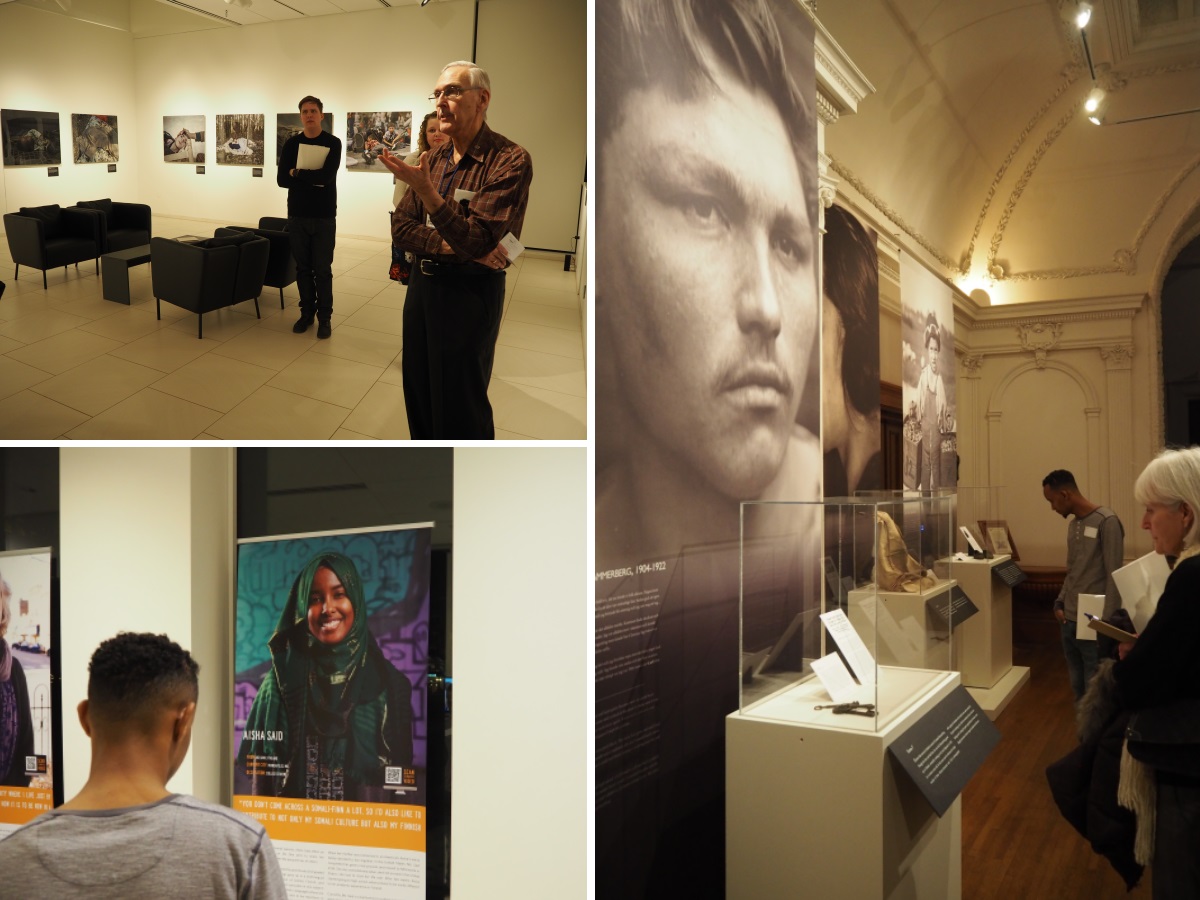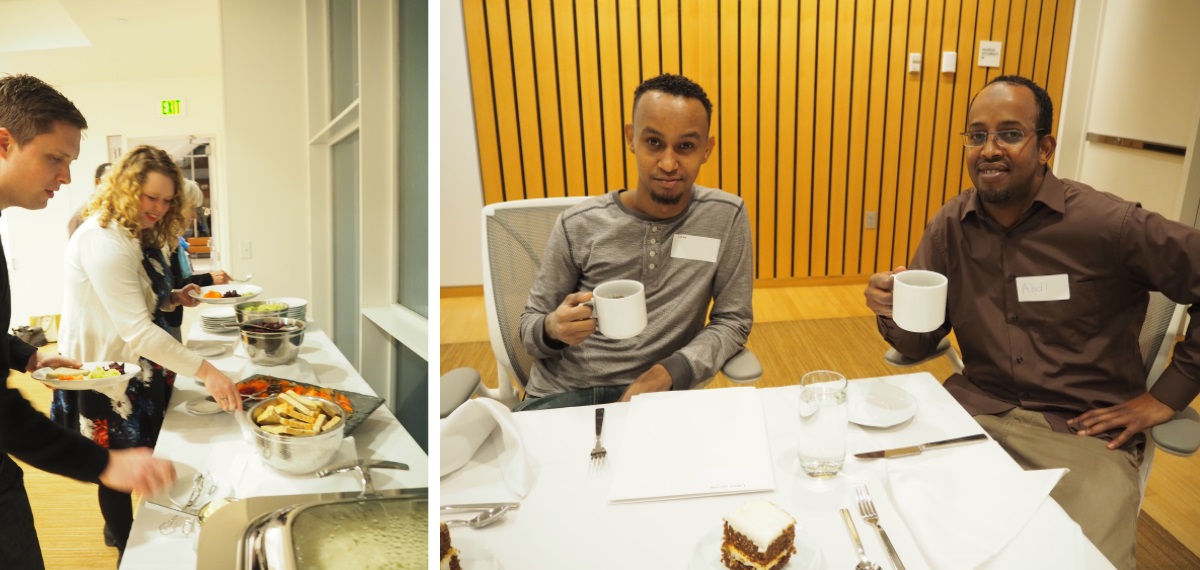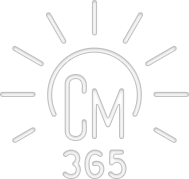For the past couple of weeks, we’ve brought you impacts from inside Minneosta, where ARC has its international headquarters. We’re showing that even with relatively few resources, real, doable change can have a big impact right here at home.
The American Swedish Institute in Minneapolis is a gathering place – a place where the Twin Cities community can come together to share experiences around themes of culture, migration, and our enduring links to Sweden. And for the next few months, ASI is featuring multiple exhibits on the refugee experience – both inside and outside of Minnesota – that seek to draw connections between past and present. Through refugee and immigrant stories, guests gain a different perspective of migration – and how it relates to all of us.
The American Swedish Institute’s (ASI) mission is to encourage greater understanding and empathy between people and cultures. That’s something we feel everyone should have access to – our friends, supporters, and refugees in the community, too. So for day 56, we decided to invite some of those friends to join us for a night of exploring ASI’s newest exhibit – connecting across cultures, uncovering shared experiences, and getting to know each other a little better in the process.

Led by our good friend and supporter Ted, who is a tour guide at ASI, the group was first immersed in stories of Syrian refugee children. Sponsored by UNHCR, the photo exhibit shows children in a universally recognized condition – trying to fall asleep. In between dreams, these kids reflect on both the traumas they’ve faced and the long road ahead.
Next, the group stopped by the Green Card Voices display, which highlights individual first-person accounts of migration to Minnesota. From places like Somalia, Mexico, Congo, Sweden, and Norway, we came to know these individuals as our neighbors, all trying to make a life for themselves and their families.

Many people – even the descendants of Swedish immigrants themselves – have never heard of Swede Hollow. But in the early 1800s and 1900s, it was a well-known makeshift city on the east side of St. Paul, where thousands of newly arrived Swedish immigrants lived. Facing extreme poverty and discrimination from the greater Minnesotan society, these migrants struggled to build a future in their new home. The third exhibit we visited tells some of the stories of Swede Hollow, and why many of them were lost to history.
After the tour we sat down to share a delicious meal of traditional Swedish foods, provided by FIKA. Over Swedish meatballs, salmon, beet salad, and more, we discussed how we might bring what we learned back to our own communities.

“Today, I learned that I’m not alone,” said Abdi, himself an immigrant from Somalia. “This illustrates to me that there’s hope for everyone who may be facing a hard time.” In hearing the stories of others before him, Abdi took heart in realizing that the challenges he’s faced are not insurmountable.
Separated by time and geography but united by a shared immigration experience, the Syrian and Somali refugees of today and the Swedish immigrants of the past have more in common than meets the eye. Uncovering these connections was a small yet powerful way to build community – and instill greater empathy for the challenges that refugees everywhere face.

